2015 Subaru Outback: First Look

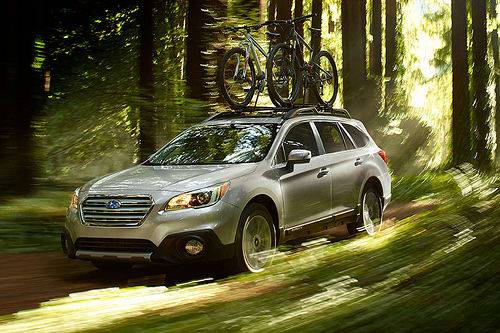
Competes with: Honda Crosstour, Toyota Venza, Dodge Journey
Looks like: The Outback gains cleaner, more cohesive styling
Drivetrain: 175-hp, 2.5-liter four-cylinder or 256-hp, 3.6-liter six-cylinder with continuously variable automatic transmission; all-wheel drive
Hits dealerships: Summer 2014
More 2014 New York Auto Show Coverage
Subaru’s redesigned Outback gets updated exterior styling, better estimated gas mileage, and new drivetrain, entertainment and safety technology for the 2015 model year. Like past versions, the Outback straddles the divide between traditional wagons and crossover SUVs and comes standard with all-wheel drive. It hits dealerships this summer and will be offered in Standard, Premium, Limited and 3.6R Limited trim levels — the latter with a six-cylinder engine. The 2015 Subaru Outback debuts at the 2014 New York International Auto Show.
Exterior
The 2015 Outback retains its predecessor’s silhouette but new sheet metal and less body cladding gives its profile a smoother look. The Outback also gets new front-end styling that takes after the redesigned Subaru Legacy sedan.
New headlight enclosures and a new hexagonal grille produce more cohesive styling compared to the prior car, where it seemed like different design cues had been forced together. The base of the windshield is 2 inches forward for greater rake, the hood is now made of aluminum for less weight and the 3.6R Limited gets high-intensity-discharge low-beam headlights.
Like its predecessor, the 2015 Outback has 8.7 inches of ground clearance. Subaru has revised the doorsills to enhance stability when securing items to the roof rack, and a power liftgate is newly available. Seventeen-inch wheels are standard and 18-inch alloy wheels are available.
Interior
The Outback is roughly the size of its predecessor, but Subaru says shoulder room, front and rear hip room, and rear legroom have increased. The cargo area now measures 35.5 cubic feet with the rear seat up, which is 1.2 cubic feet larger than before. Maximum cargo room with the backseat folded is 73.3 cubic feet, which is 2 cubic feet more than before. The Outback now has release levers in the cargo area for the standard 60/40-split folding backseat.
There’s a new 6.2-inch touch-screen CD stereo with Pandora integration, iPod connectivity, an MP3 jack and Bluetooth streaming audio. An upgraded stereo features a 7-inch touch-screen, satellite radio, text messaging capability, iTunes tagging and two USB ports. Other available features include a Harman Kardon premium stereo, a navigation system, a power driver’s seat, dual-zone automatic air conditioning, heated front seats, heated rear seats, a leather-wrapped steering wheel, leather upholstery and a power front-passenger seat.
Under the Hood
The 2015 Outback is available with a 175-horsepower, 2.5-liter horizontally opposed four-cylinder or a 256-hp, 3.6-liter horizontally opposed six-cylinder. Subaru says the four-cylinder gains a number of enhancements to improve efficiency and enable quieter operation.
A manual, a conventional automatic transmission and a continuously variable automatic transmission were offered previously, but now all versions of the Outback use a CVT that includes steering-wheel shift paddles that let the driver simulate gear changes.
Subaru says changes to the CVT that reduce friction, new active grille shutters on four-cylinder models and electrically assisted power steering result in better gas mileage. Four-cylinder models get an estimated 25/33/28 mpg city/highway/combined compared to the previous four-cylinder CVT’s 24/30/26 mpg estimate. Six-cylinder models are now rated at 19/27/22 mpg, which is up from 17/25/20 mpg when the car was equipped with a five-speed automatic.
The Outback’s all-wheel-drive system has an electronically controlled clutch to actively transfer torque based on driving conditions and wheel slip. Hill-descent control and hill-start assist are new.
Other changes include suspension revisions for better handling and ride comfort, according to Subaru, and a new torque-vectoring system that can brake the inside front wheel for more neutral cornering. Four-cylinder models get larger brake discs and all versions gain ventilated rear brake discs.
Safety Features
Standard features include antilock brakes, an electronic stability system and traction control. There’s also a backup camera, side curtain airbags that deploy when a rollover is imminent and cabin and exterior lights that automatically turn on when the driver approaches the car.
Newly available features include a blind spot warning system, rear cross-traffic alert and Subaru’s EyeSight system. EyeSight uses cameras to provide adaptive cruise control, precollision braking and lane departure warning.
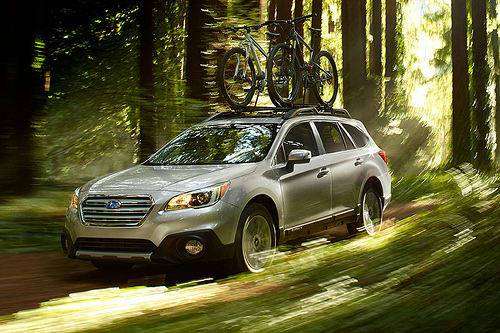
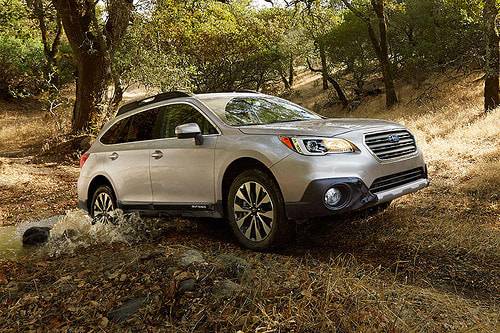
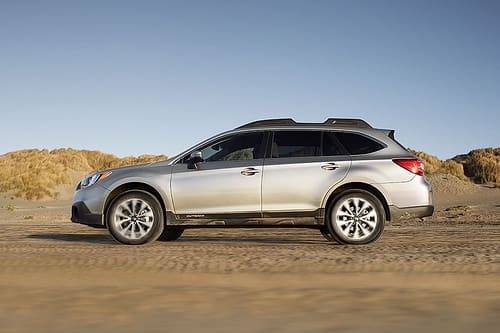
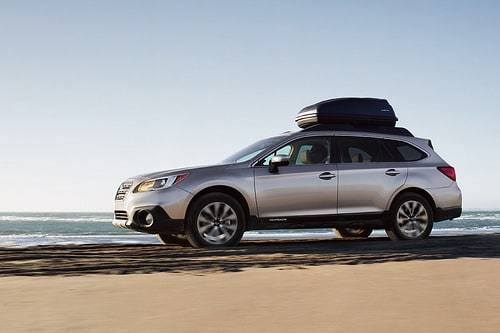
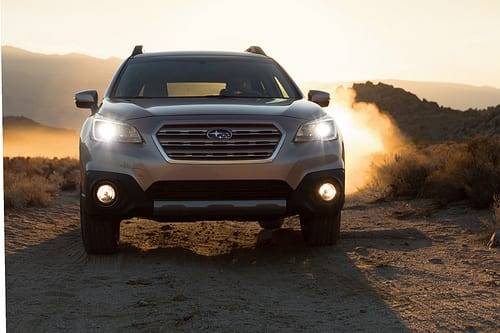

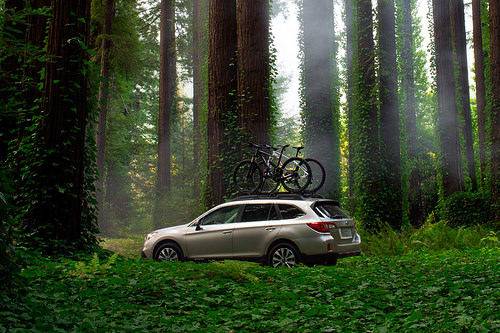
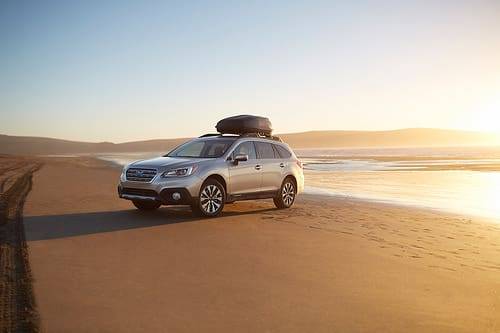
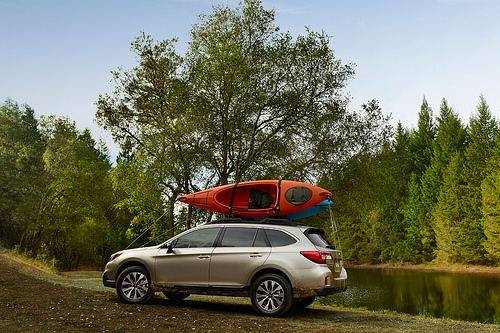
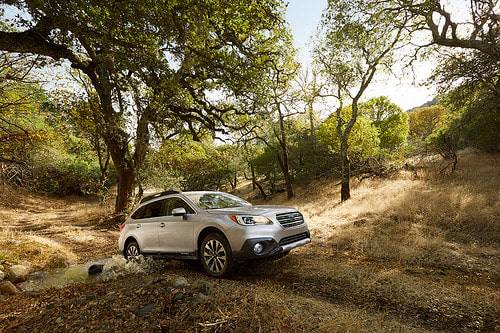
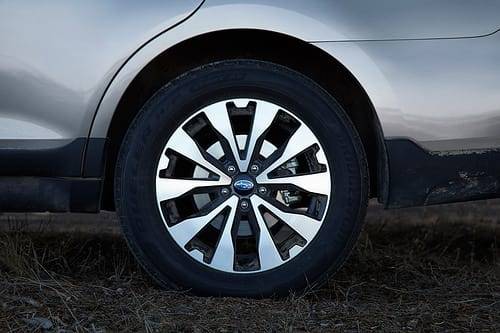
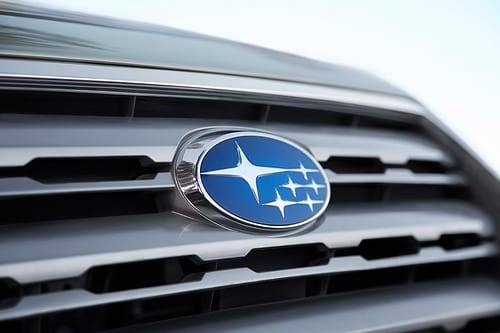
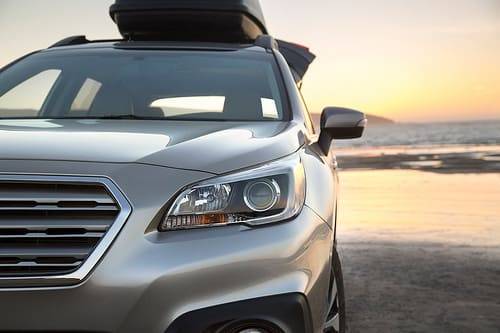

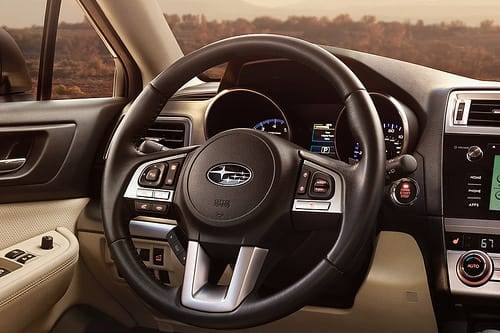
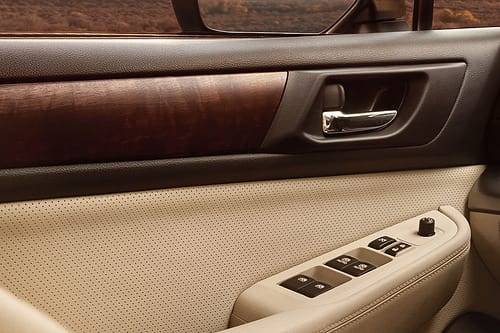
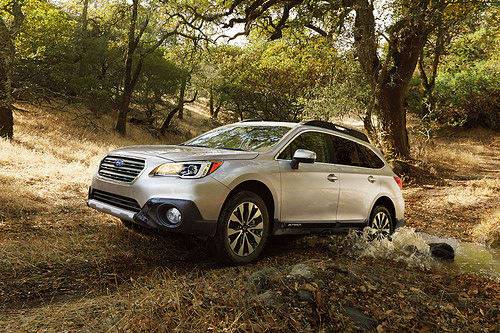

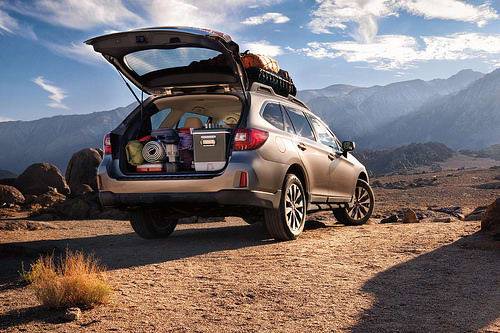
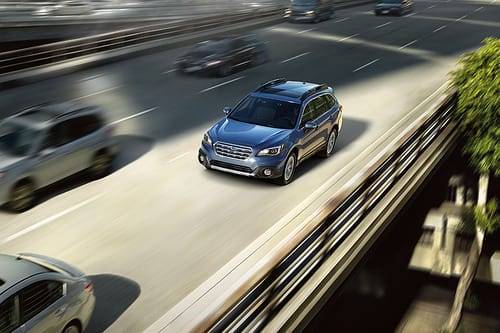
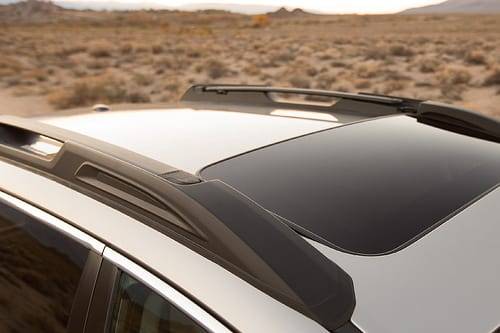
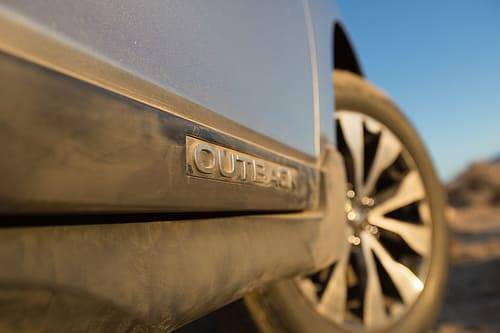
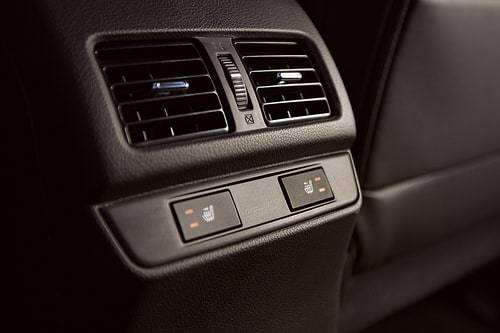
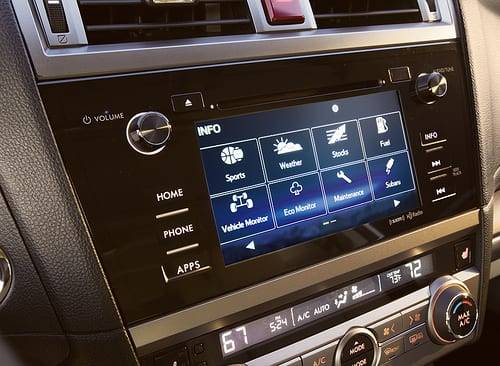
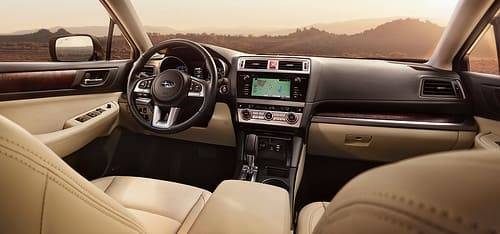
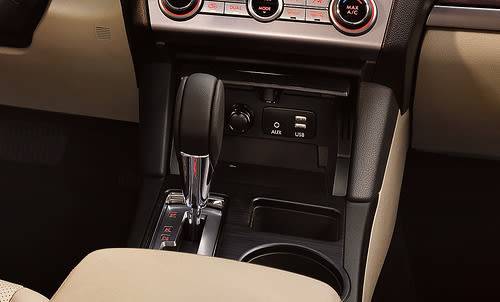

Manufacturer images

Mike Hanley has more than 20 years of experience reporting on the auto industry. His primary focus is new vehicles, and he's currently a Senior Road Test Editor overseeing expert car reviews and comparison tests. He previously managed Editorial content in the Cars.com Research section.
Featured stories



